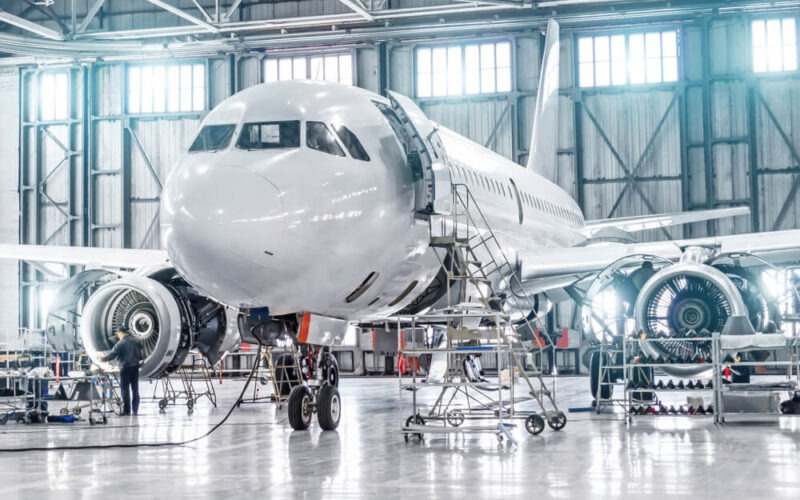Predictive maintenance is hailed as the MRO industry’s next big thing. With high hopes that it would reduce AOGs, prevent delays, secure parts and so on, it also has very real monetary power to help save approximately $3 billion annually by modest estimations. But what are the risks?
Haeco’s Daniel Stromski spoke about benefits and drawbacks of predictive maintenance at MRO Southeast Asia on March 6, 2019. So far, big data analytics and predictive maintenance have been hailed as they key to reduce AOGs, prevent delays, secure parts, manpower and logistics before the aircraft lands.
In fact, studies estimate that big data analytics and predictive maintenance, if implemented properly, may reduce 30% – 40% of maintenance budgets. Some estimations suggest potential 70% reduction in aircraft breakdowns and considering that an AOG can coat approximately $100k per hour, utilizing such technology seems like a no brainer.
Predictive maintenance and big data analytics may also give opportunities for Component Pooling providers such as the ability to correlate historical data with A/C data across different operators or better engineering analysis capability but there are some hiccups along the way.
First, it is the massive volume of data that has to be processed. While data holds enormous amounts of potentially useful information, a lot of it is generated by industrial sensors and dumped into vast data lakes making it difficult to analyze. And it‘s only going to get worse – by 2026 the amount of generated data by Flight Data Recorder and Aircraft Health Monitoring will increase from 2 million terabytes per year to 98 million.
Second, Stromski points out the risk of false positives. For example, if a false positive comes up it may cause reduction of on‐wing time through premature removal from service. It can also have impact on inventory raising the question if or how much a Component Pooling provider can trust the predictions.
Aside from the risks potentially involved, the technology itself has not taken off as expected. Many of aviation giants are still moving towards predictive maintenance – Delta‘s maintenance facilities have a big emphasis on big data analytics and predictive maintenance which partly helped them improve their maintenance cancellations by 98% in 8 years. However Bain & Company suggested that the once hailed as the next big thing in IoT – Internet of Things – has failed to advance as predicted.
In a survey of 600 high-tech top management, it was concluded that industry leaders are now less excited about predictive maintenance compared to 2016. According to the study, the technology is hard to implement with the current operational technology, and taking into account the problems with processing data and some risks involved, it does not seem as surprising.
But one could argue that unexpected roadblocks come with every new technology that go on to disrupt the industry. The fact remains – predictive maintenance and big data analytics have enormous potential for aviation industry and, as Stromski concluded, collaboration on data between airlines and MRO is key to making this work.
Aviation Week’s two day conference MRO Southeast Asia took place on 6-7th of March in Kuala Lumpur, Malaysia. The event aimed to explore the key issues and concerns in the Southeast Asia region, examining how airlines and their suppliers can optimize maintenance planning to effectively manage expanding fleets.

